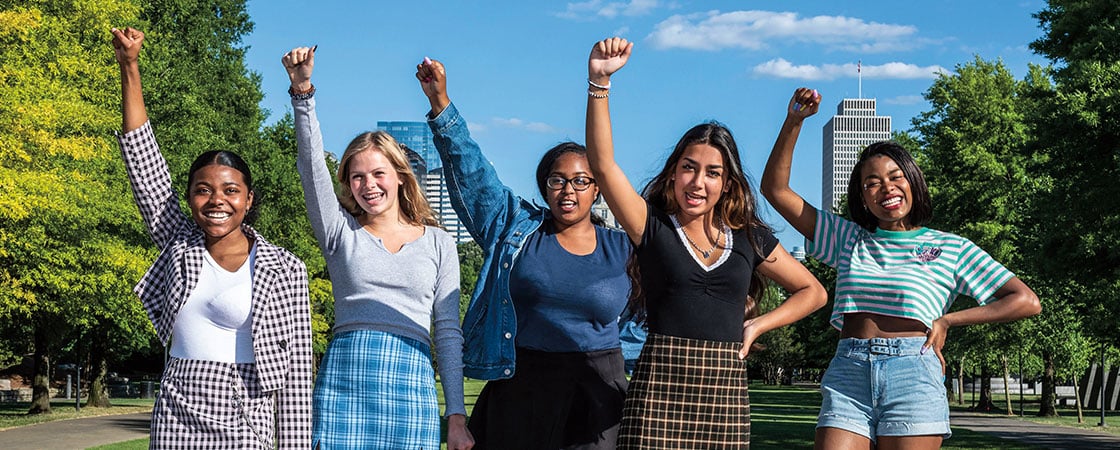On May 27, about a week before the march, Zee Thomas posted a tweet: “If my mom says yes, I’m leading a Nashville protest.” Like millions of Americans, Zee had been moved to protest after the death of George Floyd.
On May 25, Floyd, a Black man, was killed when a white police officer in Minneapolis, Minnesota, restrained him. After handcuffing Floyd and pinning him to the ground, the officer pressed his knee into Floyd’s neck for more than seven minutes. Floyd couldn’t breathe. Bystanders shouted for the officer to stop, but he did not. Witnesses recorded the killing, and footage quickly spread across social media. (The officer is now facing murder charges.)
People were horrified, frustrated, and angry. Many saw what happened to Floyd not only as a horrific act, but as a symptom of a deep problem: racism. According to data compiled by Mapping Police Violence, Black Americans are three times as likely as white Americans to be killed by police.
After Floyd’s death, protests, marches, and vigils broke out across the U.S. When Zee saw footage of these demonstrations, she knew she had to take a stand in her city. And she wasn’t alone. Two other Nashville teens, Jade Fuller and Emma Rose Smith, responded to Zee’s tweet, telling her they wanted to help. Jade and Emma then brought in two more friends who wanted to participate: Nya Collins and Mikayla Smith. (The girls met Kennedy Green at the protest and asked her to join them in leading the march.)
After they had all been introduced over group chat and FaceTime, they got to work. First, they created an Instagram account called Teens 4 Equality to get the word out about their march. Then they reached out to local organizations for help. Donations, advice, and support soon came pouring in. In just a few days, the girls had gathered the supplies they needed: signs, snacks, water, and face masks.
A little before 4 p.m. on the day of the protest, only about 15 people had arrived. Little did the teens know that thousands more were on their way.


